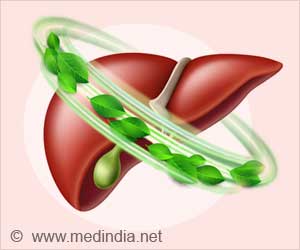
Researchers at Emory have been looking for something different: anti-inflammatory compounds that can be administered after acute status epilepticus has ended to reduce damage to the brain. They have discovered a potential lead compound that can reduce mortality when given to mice after drug-induced seizures.
The results are scheduled for publication Monday in Proceedings of the National Academy of Sciences Early Edition.
"For adults who experience a period of status epilepticus longer than one hour, more than 30 percent die within four weeks of the event, making this a major medical problem," says Ray Dingledine, PhD, chair of the Department of Pharmacology at Emory University School of Medicine. "Medications that would reduce the severe consequences of refractory status epilepticus have been elusive. We believe we have an effective route to minimizing the brain injury caused by uncontrolled status epilepticus."
Dingledine's laboratory has identified compounds that block the effects of prostaglandin E2, a hormone involved in processes such as fever, childbirth, digestion and blood pressure regulation. Prostaglandin E2 is also involved in the toxic inflammation in the brain arising after status epilepticus.
The first author of the paper is postdoctoral fellow Jianxiong Jiang, PhD, and the medicinal chemist largely responsible for developing the compounds is Thota Ganesh, PhD.
Advertisement
Among animals that received the EP2 blocker, 90 percent survived after one week, while 60 percent of a control group survived. The scientists also used nest-building behavior and weight loss as gauges of damage to the brain. Four days after status epilepticus, all the animals that received TG6-10-1 displayed normal nest-building, but more than a quarter of living control animals were not able to build nests. In addition, the brains of TG6-10-1-treated mice had reduced levels of inflammatory messenger proteins called cytokines, less brain injury and less breach of the blood-brain-barrier.
Advertisement
Dingledine says the first clinical test of an EP2 blocking compound would probably be as an add-on treatment for prolonged status epilepticus, several hours after seizures have ended. It could also be tested in similar situations such as subarachnoid hemorrhage, prolonged febrile seizures or medication-resistant epilepsy, he says.
Dingledine and his colleagues have a patent pending for novel technology related to this research. Under Emory policies, they are eligible to receive a portion of any royalties or fees received by Emory from this technology.
Source-Eurekalert









